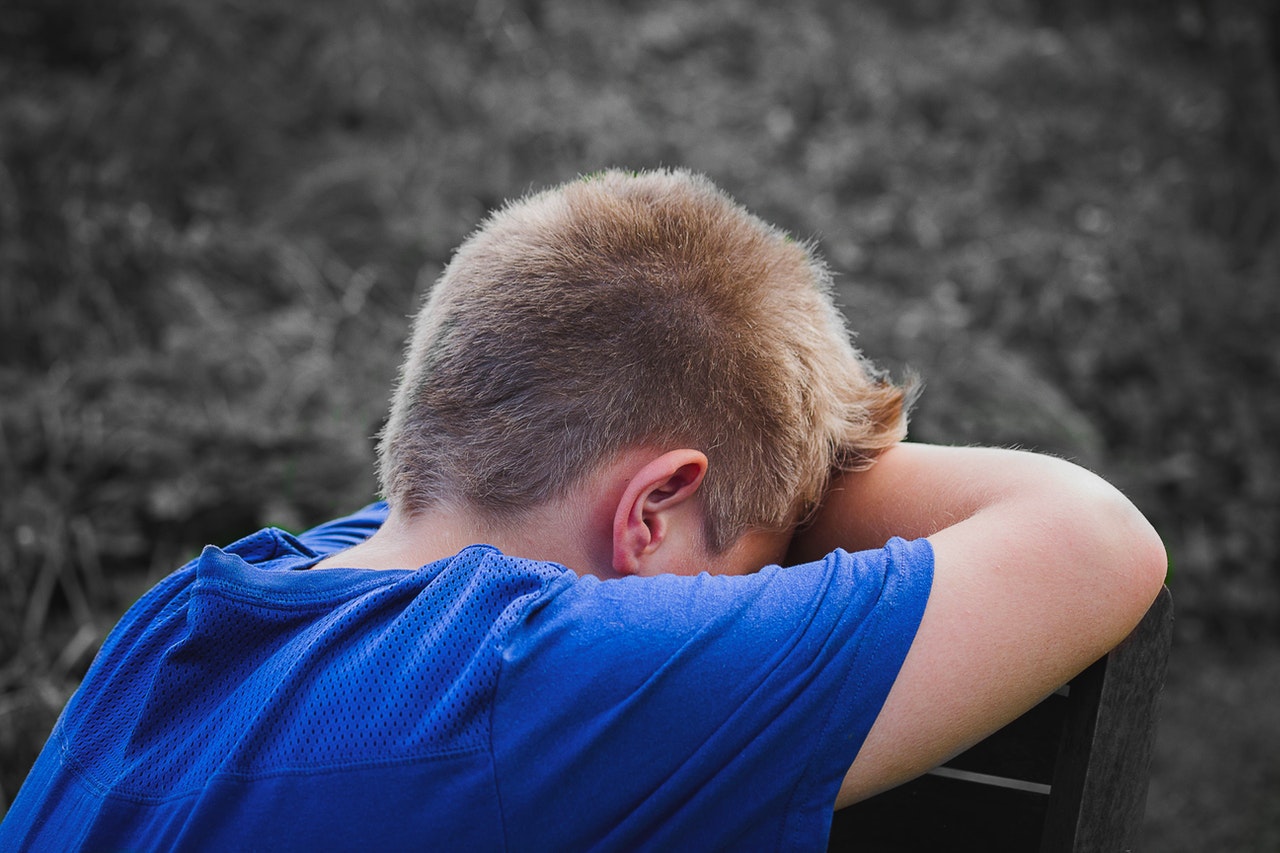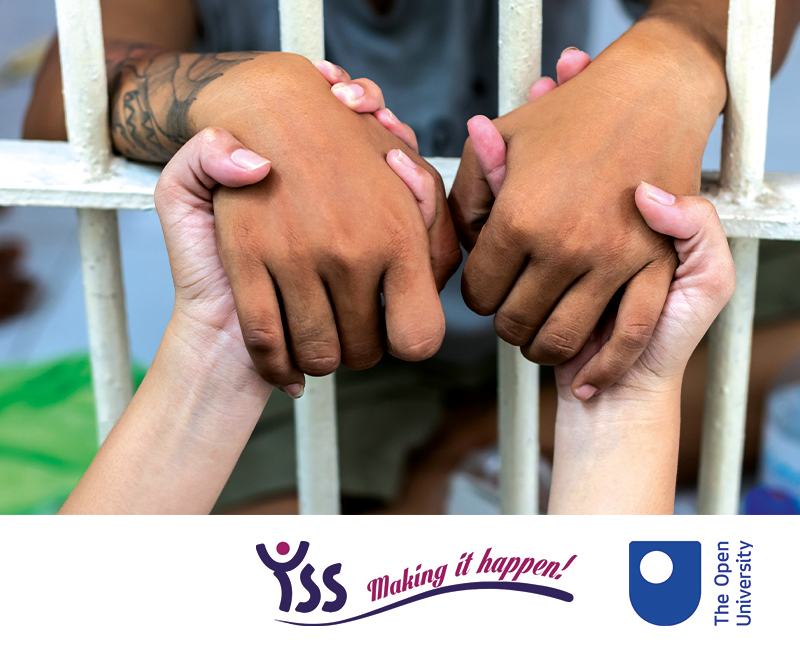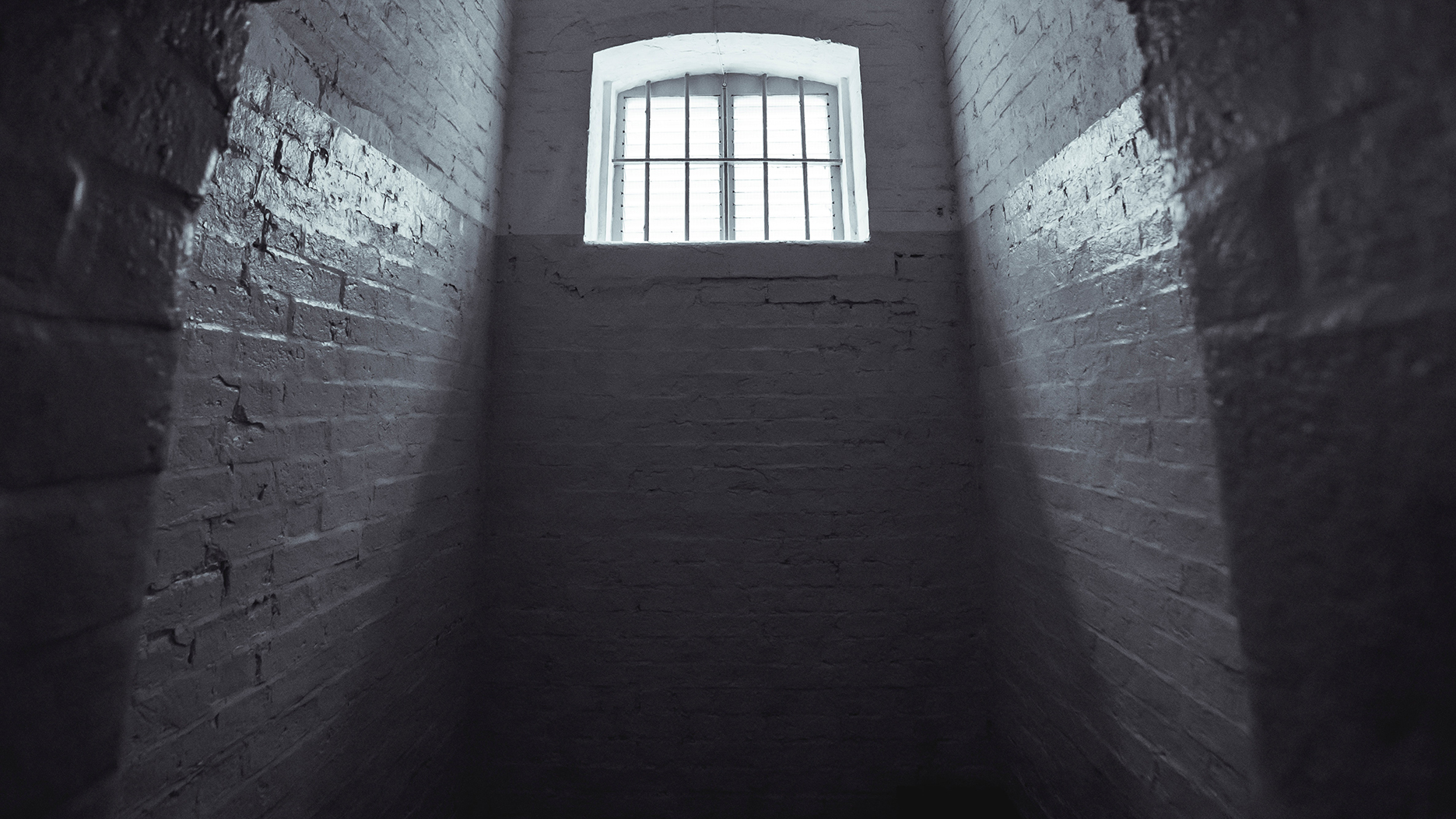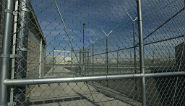This content is associated with The Open University's Health and Social Care courses and qualifications.
Research suggests that of mental health problems, challenges within formal educational environments and future offending. Research statistics indicate that 65% of boys with a parent in prison are more likely to go on to offend, although this data somewhat oversimplifies the complex relationship between parental imprisonment and childhood experiences. Despite such findings, children are not systematically identified and recorded when a parent goes to prison, and they remain a forgotten and largely unsupported group.
Recent research estimates that the number of children of prisoners in the UK is approximately 200,000 but, taking into consideration the lack of formal identification processes, the figure . These children are vulnerable.
While studies have examined offender experiences, very little is known about the experiences of children; calls have been made to consider how and how support can alleviate some of the risk factors.
Disrupted childhood
Children are faced with significant challenges when a family member is in custody, such as financial instability as well as the incalculable trauma of being separated from a parent and often not being fully aware of why this has happened. The impact of separation is exacerbated by parental gender, with children of mothers imprisoned . This is further compounded by the fact that there are very few women’s prisons, and women are often imprisoned far away from their families, with the average distance a woman is held from her home being 64 miles.
Children often have to change homes and schools following parental imprisonment, and siblings may be separated. Friendship groups and support networks which are particularly needed can be disrupted. Some children become homeless and may be placed in dangerous or abusive situations. and includes loss of friends and a sense of belonging.
The need for secrecy can make it difficult for children to process their loss. This can be further compounded by the nature of the parental crime with sexual offences identified as particularly impactful. It is important to note, however, that parental imprisonment can arouse a mixture of feelings for children, especially those where parental imprisonment provides respite from violent, insecure and unsafe environments.
, they often do not know what has happened to their parents.

When a parent is sentenced, children may take on a caring role within their family, caring for the non-imprisoned parent, often feeling anxious about their wellbeing as well as supporting them with household chores.
Children also report that they are often relied upon to support their brothers and sisters with tasks such as homework, taking and collecting them from school or putting them to bed. Despite substantial caring responsibilities, . More significantly, these children describe how they are seen and not seen; feeling judged for their parents’ crime in one sense and overlooked in another.
Secondary prisonisation
Shame and stigma are among the most difficult challenges of parental imprisonment reported by children and these feelings are compounded when they are told by others that they will ‘’. Megan Comfort’s theory of secondary prisonisation describes how relatives of prisoners experience a form of secondary stigma where they are deemed responsible for both the actions of their relative and for their continued support for the offender.

Children describe how they feel they have to keep their parent’s imprisonment a secret, often choosing not to disclose information to people other than family and feeling like they have no one to talk to. Keeping secrets can be an isolating experience and can . These children remain invisible.
Invisibility and visibility
The . There is currently no formal recording system to identify children affected by parental imprisonment and no systematic referral procedures for support. Although research is somewhat limited, it does reveal how greater visibility of needs and targeted support can positively impact children’s lives, .
How can the needs of these children be made more visible to provide the support that is needed?Families first
Recent research at The Open University Children’s Research Centre in partnership with YSS focuses on exploring children and young people’s experiences when a parent is incarcerated. YSS has launched a new and much-needed service, Families First, to support families affected by parental incarceration.

Watch the interview below with Lia Palios-Hayden of YSS, as she discusses the work they do in the local community.
.







Rate and Review
Rate this article
Review this article
Log into OpenLearn to leave reviews and join in the conversation.
Article reviews